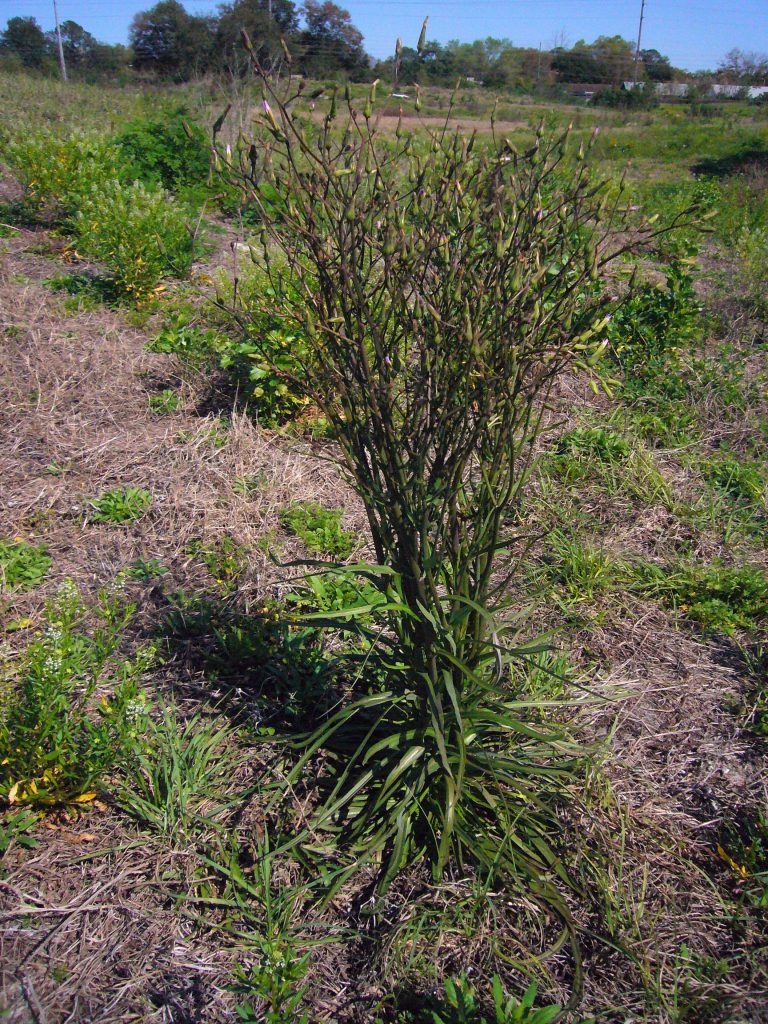
Grassleaf Lettuce at an abandoned golf course. Note the very skinny leaves. Photo By Green Deane
Golf Courses Revisited: In last week’s newsletter we reported finding a local golf course abandoned and carpeted with weeds. It was a nine-hole course and driving range that’s been unkept for at least a year though judging by the weeds more like two years. The question was raised immediately if it was safe to harvest weeds in such a place. The argument was golf courses are highly treated with this or that chemical to keep weeds at bay. Indeed, one of the few good and inexpensive books with good information about lawn weeds in Florida was written for golf course operators. On the Green Deane Forum, where we chat about foraging 366 days a year, the conversations suggested that old golf courses, those that have been around for decades, might be poor places to harvest edible weeds. Much the same warning is given for railroad tracks. Both were using harsh, long-lasting chemicals before most environmental regulation was created. But modern golf courses have to use more environmentally friendly means and chemicals. Thus a recently created and abandoned golf course would most likely be a safe place to harvest, more so as time passes (though it would also be good to know what the course was before it was a course.) This particular lay of links was just a few years old when it failed. And it was also mentioned that the “rough” is probably never treated with anything. My rule of thumb has been if I see weeds growing anything that might had been put there to stop the weeds is no longer working. It’s weedless lawns that are the most fumigated and… herbigated…
Here comes the rain! The front that’s sweeping over the South and aiming to wet the northeast might bring the first flush of mushrooms this spring. Morels are already being harvested in Georgia with the Carolinas waiting in anticipation. Locally we just finished perhaps our last cold snap of the season with a full moon Sunday (in the spring here cold weather tends to show up the same time as a full moon which means one more cool spell in April.) So this week starts off wet and warm. That makes mushrooms happy. I’ll start serious hunting by mid-week. Time for me to file old samples and dust off the microscope. This year I am determined to find more edible Boletes and get a solid familiarity with Pluteus cervinus, the edible “deer” mushrooms. This is a good time to remind you I also have two popular mushroom pages on facebook: Southeastern US Mushroom Identification, and, Florida Mushroom Identification Forum. Visit and seen how the experts (not me!) sort out the fungi.
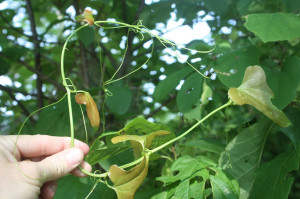
This excellent picture of a Smilax tip is from The Dewberry Blog.
Spring is a busy time of year for Mother Nature with almost too many edible species to describe. Classes on the west coast of the state produced dozens of species to talk about. There were some highlights. Our Wild Cucumber is not only blossoming but fruiting as well. We found several in Sarasoata. Ground Cherries are also blossoming though their fruit won’t be edible for months to come. Ripe for the taking now are the blossoms of the Coral Bean. While the seeds are toxic the tubular flowers cooked are a traditional food from Florida to Mexico and points south. And one can’t mention foraging this time of year without including Smilax vines. They were producing heavily this past weekend and will do so for the next couple of months. Some consider them the best green of spring. There is no excuse to be hungry this time of the year.
Should you have an article about a wild edible plant or related topic you want considered for the newsletter, please send an inquiry via the newsletter’s email address. Incidentally my email program had a stroke so if you sent me an email about private classes or the like please send them again. Thanks.
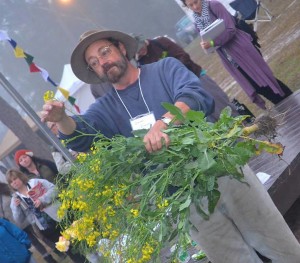
Green Deane starting a 7 a.m. class at the 2014 Florida Herbal Conference. Photo by Sondra Hamilton.
I am on the road again this weekend with classes in West Palm Beach on Saturday and Port Charlotte on Sunday, a three-day loop around the southern end of the state. Even though I teach each day they are like mini-vacations.
Saturday, March 22nd, Dreher Park, 1200 Southern Blvd., West Palm Beach, FL., 33405. 9 a.m.
Sunday March 23rd, Bayshore Live Oak Park, 23000 Bayshore Rd., Port Charlotte, FL 33980, 9 a.m.
Saturday, March 29th, Haulover Canal, Merritt Island National Refuge, 9 a.m. See details on the “classes” page.
Sunday, March 30th, Mead Garden, 1500 S. Denning Dr., Winter Park, FL 32789, 9 a.m.
Saturday, April 5th, Lake Woodruff National Wildlife Refuge, 2045 Mud Lake Road, DeLeon Springs, FL 9 a.m.
Below is this week’s, What Do You See #07. There’s a lot to be seen, which can happen in the spring. There are six or seven, maybe more edible species in the picture.
Below are the answers to What Do You See 06.
WDYS#06 skirts edibility. Number one is Poor Man’s Pepper Grass. The leaves and roots have a wasabi-like flavor (mustardy.) It also has comes close relative that are also edible. Number two relies much on opinion. Some love it, I can barely stand the smell of it. It is Epazote, a spice, a pot herb, and source of a worming oil which in high concentrations can be deadly. It has also had several botanical names so one finds it under various genera. Three is Horseweed, which is used as a spice. Its dry, mature stem also makes a good drill for making fire by hand. And for added education is number 4, a non-edible cudweed which is a Pseudognaphalium and extremely common this time of year. Number 5 is not the beginning leaves of a Dandelion but the basal rosette of our local Evening Primrose, usually an Oenothera laciniata with yellow blossoms or O. speciosa with pink blossoms. To be honest I don’t know their edibility. Dick Deuerling told me decades ago O. laciniata was not edible but knowing Dick that could have meant not edible or edible but didn’t taste good. Dick was fond of saying “I only eat the good stuff.”
https://www.eattheweeds.com/peppergrass-potent-pipsqueak/
https://www.eattheweeds.com/epazote-smelly-food-of-the-gods/
https://www.eattheweeds.com/conyza-canadensis-herb-fire-food-2/
Though your foraging may drop off during the winter it’s a great time to study wild edibles with my nine DVD set. Each DVD has 15 videos for 135 in all. They make a great gift. Order today. Some of these videos are of better quality than my free ones on the Internet. They are the same videos but many people like to have their own copy. I burn and compile the sets myself so if you have any issues I handle them personally. There are no middle foragers. And I’m working on adding a tenth DVD. To learn more about the DVDs or to order them click here.
And for you folks near Birmingham, Alabama, who like to shop around for plants, The Birmingham Botanical Gardens’ annual plant sale is a month from now. There will be more than 100,000 plants on sale. Something for everyone. Some of the regular post contributors on the Green Deane Forum will be there. I’ll have to get an update on what one can expect about edibles. Here’s the link.
Book Review: Foraging & Feasting, A Field Guide and Wild Food Cookbook, by Diane Falconi, illustrated by Wendy Hollender, Botanical Arts Press, Accord NY. ISBN 978-0-9893433-0-5
The answer to the question of what makes a good field guide is directly related to how the owner will use it. Usefulness, like beauty, is in the eye of the beholder, or in this case the user. What do you expect from a field guide? How will you use it? What features are important to you? Good pictures? Great recipes? Valuable insight from an expert’s experience? Do you want to carry it in your pocket or leave it on a living room coffee table?
At nearly 12 by 9 inches Foraging & Feasting will not fit in most pockets. But it will fit in a backpack and is definitely backyard friendly, where I expect it will most probably be used. There is a huge misnomer among people who don’t forage. They think wild food is found in far flung places such as a state park a few hours’ drive away. Foraging reality is typically just the opposite: There’s usually a greater variety of wild edibles to be found in suburbia than in a state park. Weeds have their ways. This means your neighborhood and your yard, even one that is burdened with a lawn, is a great place to find wild food. I see this book being used on the domestic front by the whole family rather than on a remote mountain top by a lone holdout.
Foraging & Feasting is a book you can leave on the coffee table, or open to a recipe on the kitchen counter, or hold in one hand while on the ground in your yard trying to identify a plant. Unlike some older fields guides, this one is full of recipes including versatile “master” recipes. Often a guide will say something like “use like a potato” leaving you wondering just what to do. Not so here. The recipes in the second half of the book track the plants described in the first half. That’s important relevancy. Foraging & Feasting also has desserts and many herbal uses, the latter reflecting the several decades experience of the author. There is a great difference between foraging and herbalism but the reader will benefit from the author who has experience with both.
One of the more significant decisions a wild food publication has to make is to use photographs or drawings. Just as the general public tends to misjudge where the best foraging is they also get wrong what a good illustration is. They favor photos which is not always the best choice. Plants can vary greatly season to season and region to region. I have more than one foraging book with a photograph of a plant in it that does not look anything like my local plant though it is the same species. That can be extremely irritating to the professional and very confusing for the student. Photographs can also be cluttered with a lot of imagery and information you don’t need, stuff that just gets in the way making the learning more difficult. I will admit I think botanical drawings serve the student better. They emphasize what the student really needs to focus on for identification. I am often asked if a particular edible plant has any toxic look alikes. I say no two plants look alike if you look closely enough. Foraging & Feasting has opted for the best of both illustrative approaches with well-rendered watercolors that add significantly to the publication’s character. Often the illustrator is given second-shift to the content but Foraging & Feasting has a first-class illustrator in Wendy Hollender. Ms. Hollender is the modern, color version of the exacting work by scientific illustrator Regina Hughes. That is a compliment to both of them.
Copyrighted recently, Foraging & Feasting has seasonal harvesting charts, habitat preferences, and culinary uses including smoothies. Be sure to check out the Green Goddess Dressing. It’s a foraging book I am pleased to have in my collection.

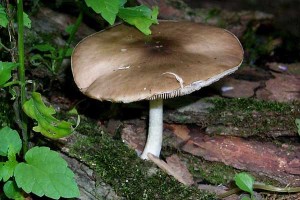
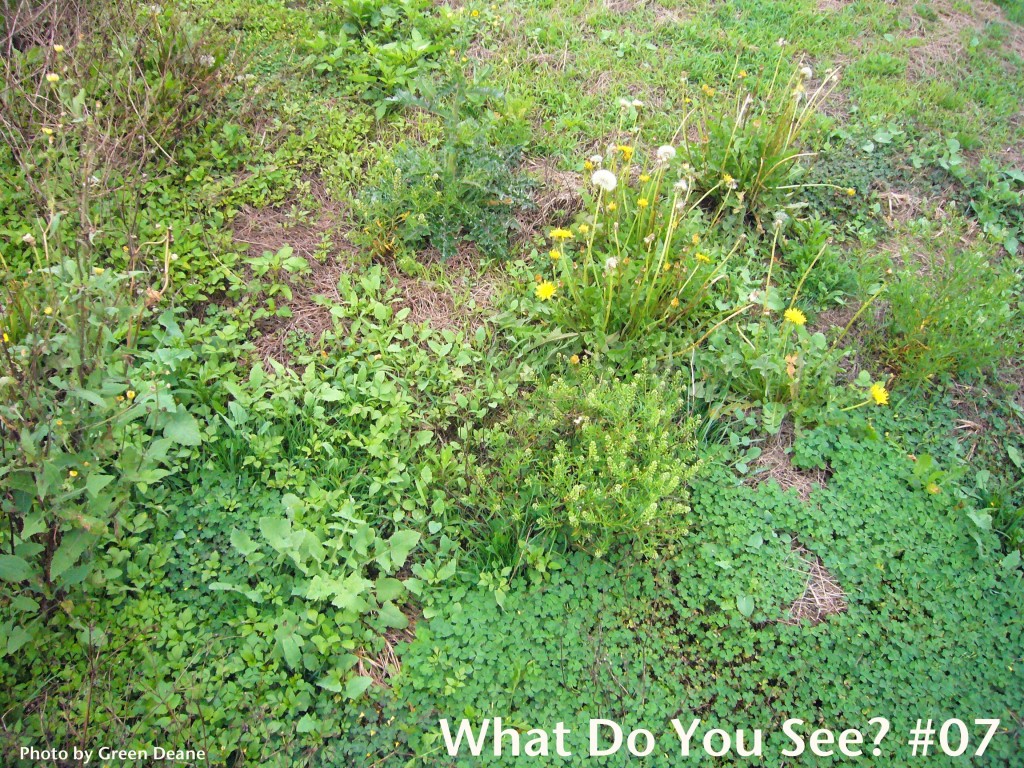
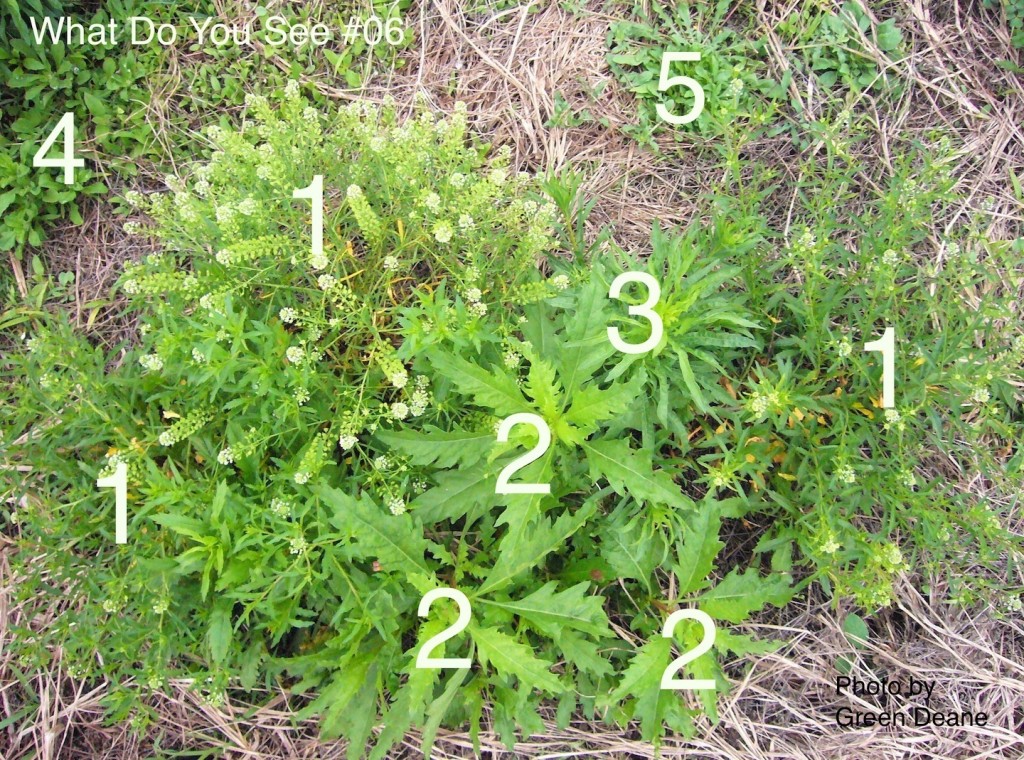
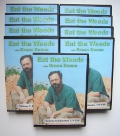
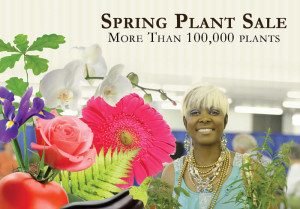
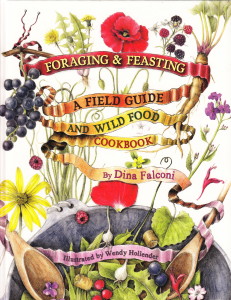
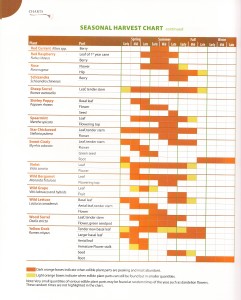
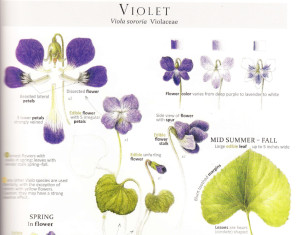

Take a class with Deane. My daughter and I learned more in 4 hours this past Sunday than in 4 years researching wild edibles. We will see you in the fall Deane for another class!
Anthony
Thank you for the kind words.
I love the pictures where you identify ea by a number. That is very informative for me. Plus the articles below so we can study it more. Thanks again. BTW , I did not have dandelion as I thought in my previous comments.
🙁
k
I loved the class at Red Bug Slough… Thanks, Deane, for teaching me enough to feel comfortable foraging.
I’ve got an idea concerning “ Foraging on golf courses “ though in my country we are more familiar with soccer grass grounds. It crossed my mind just after I’ve finished reading your article on “ Creeping Cucumber Melothria Pendula “then to go through “ Is Your Body Toxic? On answering the question: Have I ever detoxed or cleansed my body, I immediately directed that to the edibles on the golf course. Could we at a suitable stage of growth of the weed refresh it from chemicals of the golf course by transplanting on a more “healthy “ soil, take care of it till at the “ Rite Ripe “ time we do the rest of the job – now both of us are safe. Interestingly, I’ve finished transplanting various weeds including wild Parslane (rigla), Filter cucumber (Colocynth hanzul), wild Chorcorus olitorius (mulokheia), Ipomea kordoana (tubur) and Gynatropis gynandra (tamalaika).